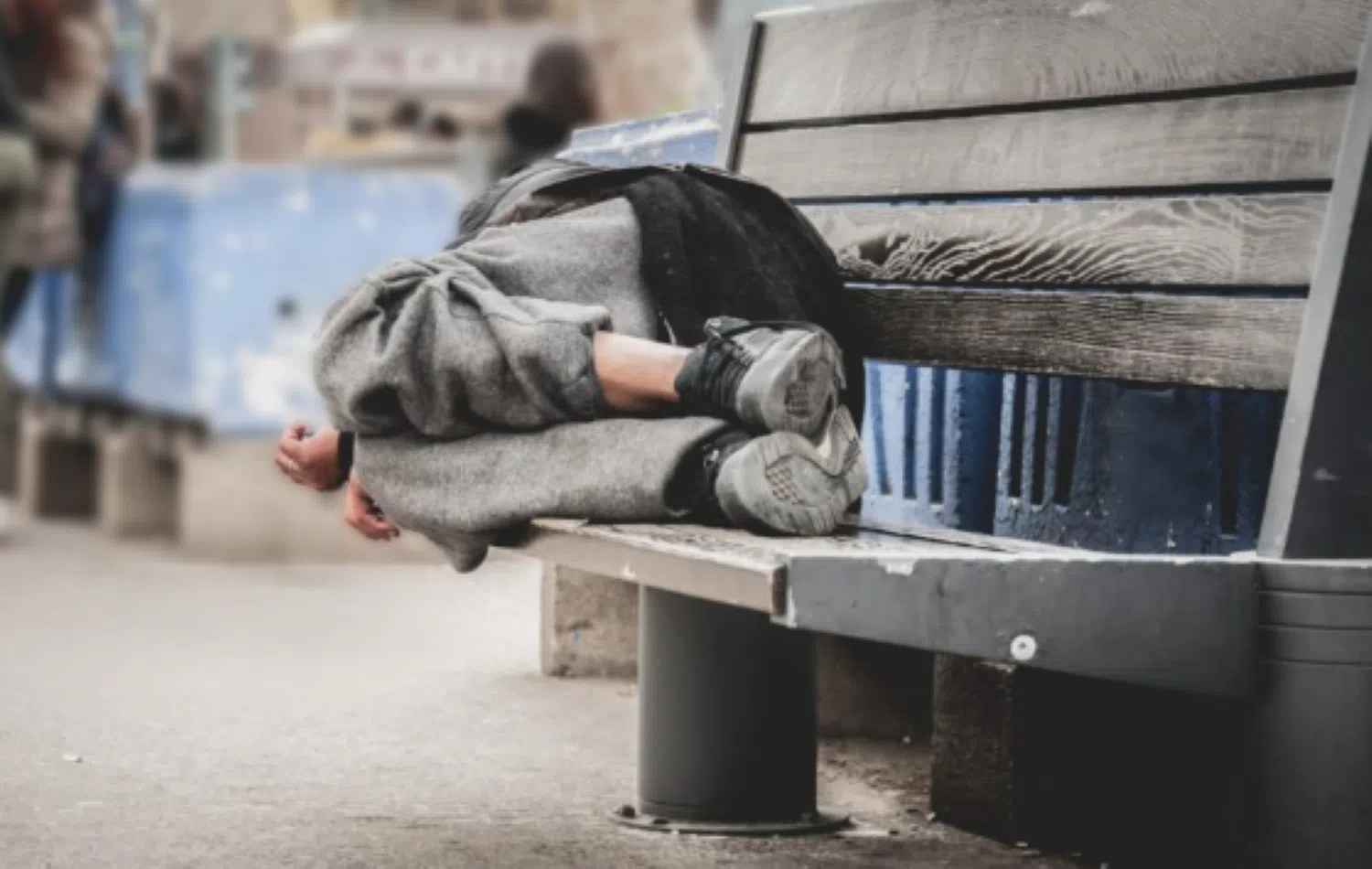
There were 313 people found to be experiencing homeless in Kamloops in 2024.
The 2024 Kamloops Point-in-Time Count took place on October 17 and 18, 2024. Point-in-time counts provide a snapshot of the number of people experiencing homelessness within a community in a 24-hour period and serve two functions—to count the number of people experiencing homelessness in Kamloops over a specified period and to gather information on the demographics and service needs of the local population of unhoused individuals.
A team of 75 trained community members, including shelter staff, social work and nursing students, health care workers, outreach teams, people with lived experience, Tḱemlúps te Secwépemc staff, and City staff conducted surveys over the 24-hour period.
The 313 figure marks an increase of just one person when compared to the 312 people who were found to be experiencing homelessness during the 2023 count.
The city’s Acting Social, Housing and Community Development Manager, Natasha Hartson says while the increase between 2023 and 2024 is next to nothing, the timing of when the two counts were done could have been a factor. “I think the days were very different days. So, they are in some ways hard to compare. In 2023, the count was done on a warm spring day while the count in 2024 was, unfortunately one of the coldest days we had in October and was quite rainy. So, just different days can change the outcome of the data points that we can get. So I think we have to take that into consideration.”
Among some of the noticeable trends is a rise in the number of females who identify as homeless. “We’ve been seeing increases of the female demographic in in the results that we’ve gotten over the last few years, ” said Hartson. “We started to see more females, and more youth… increasing in these types of numbers, it is probably indicative of much larger numbers that we aren’t seeing.”
“The hidden homeless population is not captured very well at a point in time count, because it’s it’s really targeted at the most visible individuals. And to the point around females, I think that’s an alarming thing that we need to be considering, that once we start to see more women visibly homeless, then our homeless population is growing substantially. That does point to the need for additional services that support females.”
“When we looked at age and gender in comparison to one another, we actually see a much younger female demographic than we see as a male. So our males tend to be older, and we see a much younger female demographic. That information gives us stuff to think about and consider in our planning for programs and services. It doesn’t necessarily point to exactly why that’s happening or what we can do about it, but it helps us plan for it.”
Hartson notes that the count is done on behalf of the federal government. “The decision on when and how we do it is actually not dictated by the city of Kamloops. It’s done through our federal Reaching Homes grant. So that’s how we fund the counts. So, the reason we’ve we’re doing more frequent point-in-time counts, is actually a request of the federal government. They’re trying to better understand, from a national perspective, trends that are happening. So Kamloops is not alone in a housing and homelessness crisis. This is a national and international issue that’s happening across the world. But obviously we see it very much in our own community.”
Hartson is set to present the entire report on the 2024 results with Kamloops city council on Tuesday, May 6.
Key Highlights
• At least 313 people were experiencing homelessness on October 17–18, 2024.
• Over the past 10 years, there has been a 229% increase in homelessness in Kamloops.
• The most common age group (31%) was between 35 and 44 years old.
• Since 2021, there has been a 26% increase in seniors’ homelessness.
• Among survey respondents, 68% identified as men, 31% identified as female, and 1% identified as another gender identity.
• Those who identified as female increased from 22% (30) in 2021 to 31% (72) in 2024. This equates to a 41% increase in female homelessness in Kamloops.
• Of those surveyed, 45% first experienced homelessness during their youth (0–24 years of age).
• Of those surveyed, 37% (84 individuals) identified as being a part of the foster care system as a youth.
• Of those who first experienced homelessness as a youth, 53% also experienced the foster care system.
• Of those who were in the foster care system as a youth, 83% did not feel that they were properly supported in transitioning to independence.
• On average, respondents experienced homelessness 2 years and 11 months after leaving foster care and/or a group home.
• Of those surveyed, 36% have experienced conflict or abuse with or by a spouse/partner, parent/guardian, landlord, or other person that has resulted in their recent housing loss.
• Of those surveyed, 81% have stayed in a shelter over the past year.
• The majority of respondents (68%) have either always lived in Kamloops or have lived in Kamloops for five years or longer.
• Of those surveyed, 22% indicated their primary reason for originally coming to Kamloops was because their family moved here, and 33% indicated that they remained in Kamloops because their family and friends lived in Kamloops.
• Of those surveyed, 86% meet the criteria for chronic homelessness.
• The most common barrier to housing was high rental prices (80%), followed by low income (78%), and addiction issues (48%).
• More than half (51%) of respondents identified as having either an illness or a medical condition, and 53% said they had physical mobility challenges.
• Of those who responded, 43% said their health challenges impacted their ability to access services.















